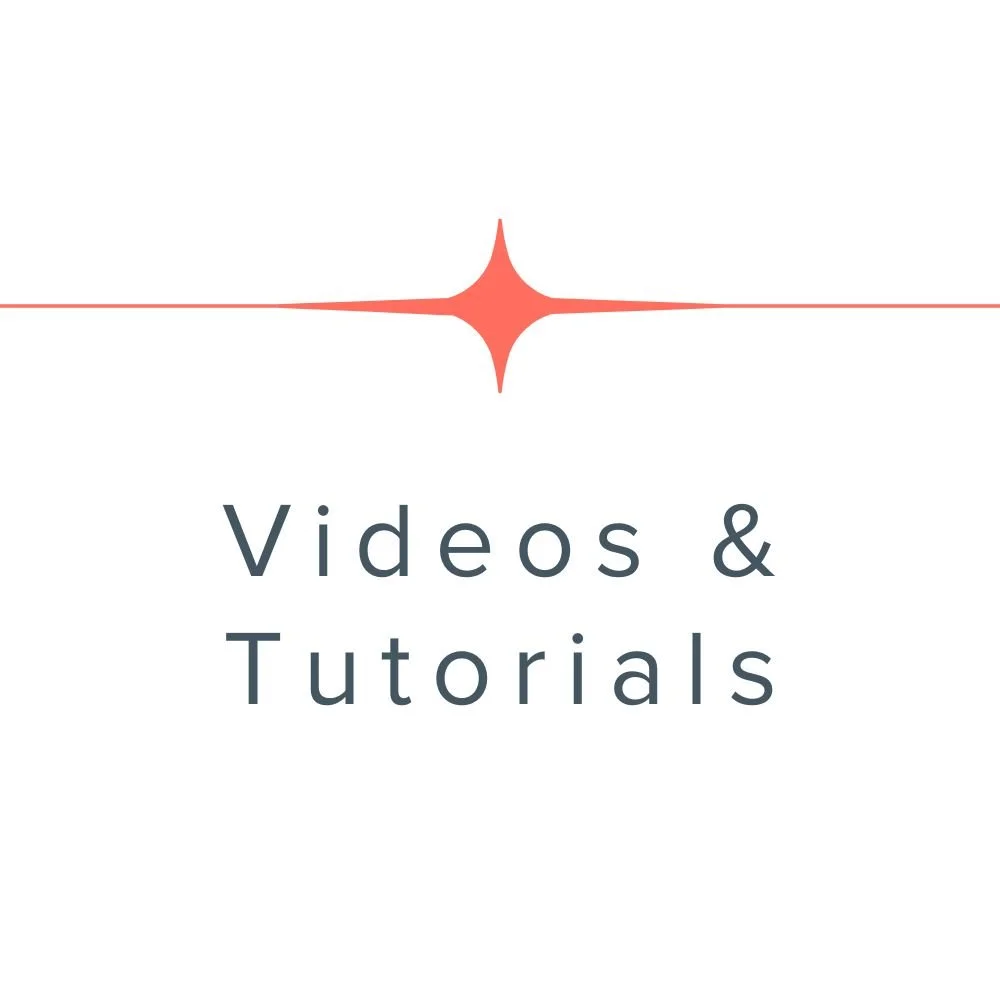Tip 9 - Aperture Priority is a great starting point
If you are interested in taking photos with a mirrorless camera but don’t know how to maneuver all the settings, or if you are already a DSLR user but have only been using auto mode, now you know aperture priority could be your friend.
Beginner tips - skip This section if you already know this
Aperture is the size of the opening of the lens and is measured by f-stop value. It controls how much light comes into your lens, and the depth of field.
On the camera dial, you’ll find Av or A representing aperture. But on the camera menu or LCD screen you will see a f number (eg. f2, f2.8, f3.5, f4.5 etc.). Higher f-stop value means smaller aperture. Smaller f-stop value means larger aperture. I know it’s not very intuitive but you’ll get used to it.
👉larger aperture (eg. f2.8 or smaller value) means larger opening, and more light into the camera; smaller aperture means less opening and less light
Example of shallow depth of field f2.2
👉Larger aperture also means shallower depth of field. Subjects that fall onto a small range distance to the camera will be in focus. Anything before or after that distance will be out of focus and looks blurry in the picture (see above image). This is great for portrait photography.
👉Smaller aperture (usually f8 or above), on the other hand, means deeper depth of field. A large portion of the subject in your frame, regardless of their distance to the camera, will be in focus (see below image). This is great for landscape photography.
Example of deep depth of field f11
Your exercise
Let’s say you like to photograph people, no matter family, kids, friends or strangers. As long as you are in normal day light outdoors (meaning not too bright such as in direct sunlight, or not too dark such as near sunrise or sunset), try to use aperture priority by first turning your camera dial to Av or A. Set an aperture to the smallest f-stop value (eg. f1.4 or f2.8 depending on your lens), leave the ISO on auto. All you need to do is to focus on your subject and click away.
This is what I'd suggest for any beginner mirrorless (or DSLR) photographers. Your camera will automatically set the rest of the settings, ie. shutter speed and ISO, for you.
Need a Handy camera settings guide At Your Finger Tips anytime you want? Click below.
Camera Settings Cheat Sheet For A Perfect Trip
〰️
Camera Settings Cheat Sheet For A Perfect Trip 〰️
You might encounter one of the following problems, but don’t let them deter you from practicing. By all means, don't go back to auto mode - it won't help you improve skills.
Your camera wouldn’t click at your aperture setting. It could be an over-exposure warning as your aperture is too wide (small f-stop). Adjust the f-stop to a larger value, to dial down the aperture and allow less light into the camera in order to avoid over-exposure
Your subject is out of focus but your background (or foreground) is in focus. This is because small f-stop means shallow depth of field. You might want to practice on focus until your subject is in focus. This problem is less likely to happen with a latest mirrorless camera than a DSLR, because most mirrorless cameras these days have eye auto focus feature.
Your entire image is blurry. This could be due to low light condition. Your camera automatically sets a slower than ideal shutter speed in order to achieve the right exposure. In this case, I’d switch to full manual mode - keep the same aperture, adjust the shutter speed to 1/250 second or faster, leave the ISO on auto. See how things turn out (more on manual mode in my next tip). You certainly can choose to change the subject in low light condition.
Go back to Camera Settings and Techniques Chapter




















